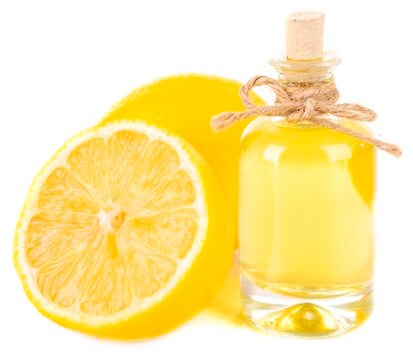Wichtige Dokumente
W288500
3-Phenyl-1-propanol
≥98%, FCC
Synonym(e):
3-Phenyl-propylalkohol, Hydrozimtalkohol
About This Item
Empfohlene Produkte
Biologische Quelle
synthetic
Agentur
meets purity specifications of JECFA
Einhaltung gesetzlicher Vorschriften
FCC
FDA 21 CFR 172.515
Assay
≥98%
Brechungsindex
n20/D 1.526 (lit.)
bp
119-121 °C/12 mmHg (lit.)
mp (Schmelzpunkt)
−18 °C (lit.)
Dichte
1.001 g/mL at 20 °C (lit.)
Anwendung(en)
flavors and fragrances
Dokumentation
see Safety & Documentation for available documents
Nahrungsmittelallergen
no known allergens
Organoleptisch
balsam; cinnamon; hyacinth; floral; spicy
SMILES String
OCCCc1ccccc1
InChI
1S/C9H12O/c10-8-4-7-9-5-2-1-3-6-9/h1-3,5-6,10H,4,7-8H2
InChIKey
VAJVDSVGBWFCLW-UHFFFAOYSA-N
Suchen Sie nach ähnlichen Produkten? Aufrufen Leitfaden zum Produktvergleich
Verwandte Kategorien
Allgemeine Beschreibung
Anwendung
Haftungsausschluss
Signalwort
Danger
H-Sätze
Gefahreneinstufungen
Eye Dam. 1 - Skin Corr. 1B
Lagerklassenschlüssel
8A - Combustible corrosive hazardous materials
WGK
WGK 3
Flammpunkt (°F)
248.0 °F - closed cup
Flammpunkt (°C)
120 °C - closed cup
Persönliche Schutzausrüstung
Eyeshields, Gloves, type ABEK (EN14387) respirator filter
Hier finden Sie alle aktuellen Versionen:
Besitzen Sie dieses Produkt bereits?
In der Dokumentenbibliothek finden Sie die Dokumentation zu den Produkten, die Sie kürzlich erworben haben.
Kunden haben sich ebenfalls angesehen
Global Trade Item Number
| SKU | GTIN |
|---|---|
| W288500-10KG | 4061837846021 |
| W288500-1KG | 4061835566037 |
| W288500-5KG | 4061837846038 |
| W288500-SAMPLE | 4061837517556 |
Unser Team von Wissenschaftlern verfügt über Erfahrung in allen Forschungsbereichen einschließlich Life Science, Materialwissenschaften, chemischer Synthese, Chromatographie, Analytik und vielen mehr..
Setzen Sie sich mit dem technischen Dienst in Verbindung.














